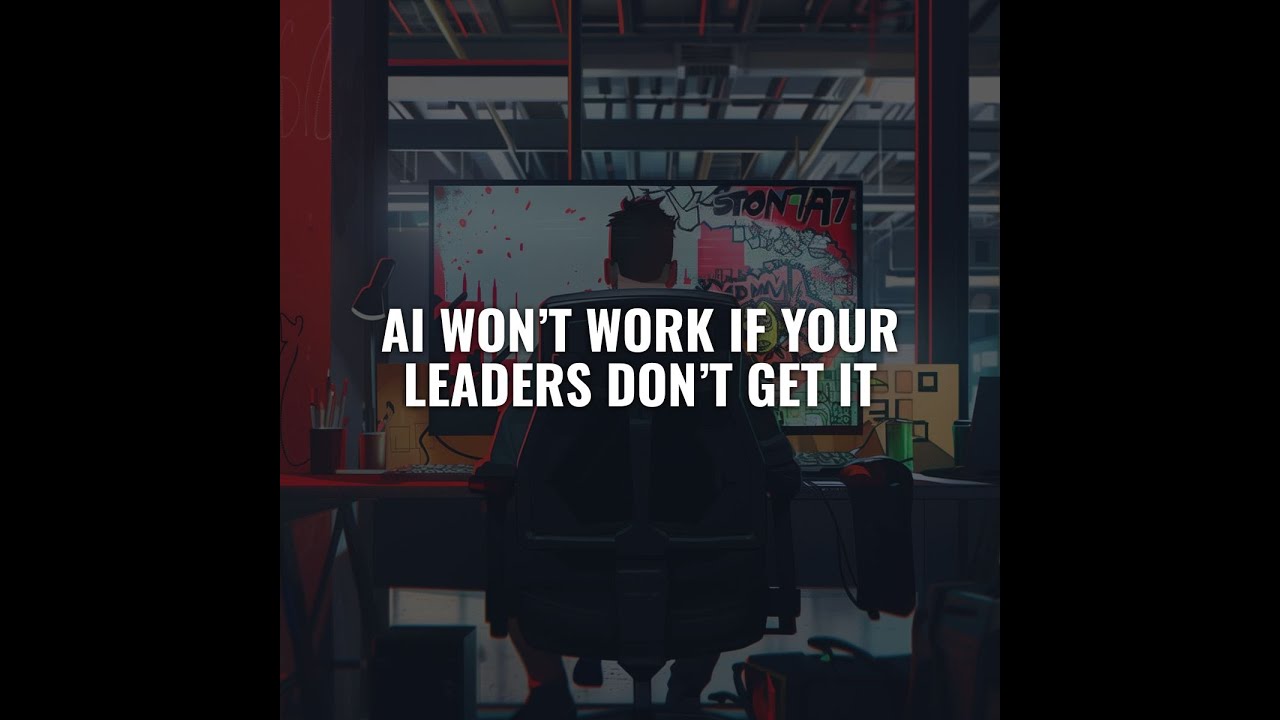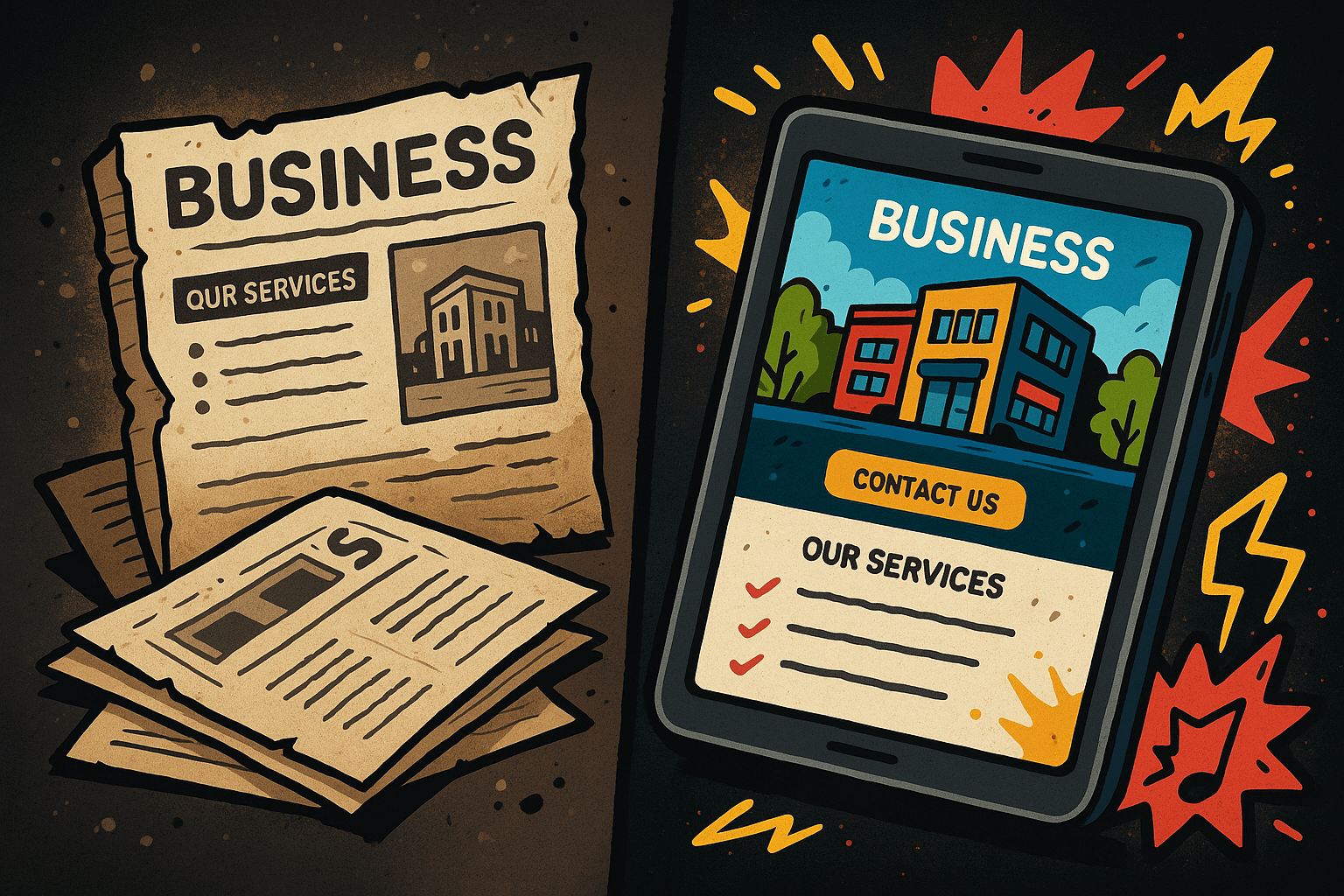AI is being adopted faster than any technology in history.
We’ve got tools that can write emails, draft reports, brainstorm campaigns, edit videos, generate images, and even automate entire workflows.
And yet…
Most businesses aren’t seeing the results they expected.
They’ve added the AI tools.
But not the culture.
And that’s the problem.
This post isn’t about which AI platform is best.
It’s about the one thing holding most companies back: leadership.
Welcome to the AI Productivity Paradox
Here’s what the research is showing:
- Workers are saving time using AI
- Teams are automating tasks faster than ever
- But companies aren’t becoming more profitable, more creative, or more productive in a meaningful way
That’s the AI productivity paradox.
We’ve added technology.
But we haven’t added structure.
We’ve sped up tasks.
But we haven’t leveled up how people work.
It’s Not a Tool Problem. It’s a Leadership Problem.
Let’s be clear: AI works.
It’s not perfect, but it’s powerful—especially in the hands of a team that knows how to use it.
But the reason AI isn’t delivering is because most organizations are treating it like a bottom-up tool…
When it needs to be a top-down shift.
This is not about giving your employees permission to “try ChatGPT.”
It’s about creating a business environment where:
- AI use is encouraged, not hidden
- Smart prompting is taught, not hoped for
- Time savings are reinvested, not wasted
- Output is measured and improved over time
And guess what?
That doesn’t happen unless leadership leads it.
What AI-First Leadership Looks Like
If you’re a founder, CEO, team lead, department head—or anyone in a position of influence—here’s what AI-first leadership actually means:
✅ 1. Modeling Use
Don’t just approve AI. Use it.
Show your team how you use it in your own workflow. Narrate your process. Normalize it.
If leadership treats AI like a crutch or a gimmick, the team will too.
But if you treat it like a partner? Your team will follow suit.
✅ 2. Setting Clear Expectations
Most teams don’t know how to use AI because nobody ever told them.
Set simple expectations:
- “We use AI to draft first passes”
- “We use AI to brainstorm before meetings”
- “We expect AI use in content, emails, research”
This removes the guesswork and builds confidence.
✅ 3. Reinvesting Time Gains
AI saves time.
But that time needs to go somewhere.
Without leadership guiding how that margin gets used, it disappears into more of the same:
- More admin
- More meetings
- More outputs, but not better ones
Leaders need to define where freed-up time gets focused:
- Client strategy?
- Quality improvement?
- Training and innovation?
Otherwise, you’re just creating a faster hamster wheel.
✅ 4. Celebrating Smart Use
Highlight when your team uses AI well.
Call out wins.
Ask them to teach others.
It’s not just about boosting morale—it’s about building a culture of experimentation and excellence.
But What If You’re Not Technical?
Here’s the best part:
You don’t need to be a prompt engineer.
You don’t need to know which LLM is “beating GPT-4 this week.”
You just need to be AI-fluent.
That means understanding:
- What your tools are capable of
- What workflows they fit into
- And what outcomes they’re driving
That’s it.
No jargon. Just business fluency.
Still Don’t Know Where to Start? You Probably Need an AI Policy.
Let’s ask an uncomfortable but important question:
Does your company have an AI Policy?
Not a legal waiver.
A real, practical, “this is how we do things here” document.
Your AI Policy should:
- Define acceptable use across departments
- Outline how your team trains AI tools (especially bots or assistants)
- Explain how content is reviewed or validated
- Set clear boundaries around confidential data
- Offer examples of strong prompting
If your answer is “no,” don’t worry—you’re not alone.
But that’s why in Episode 10, we’re walking you through:
- What an AI Policy should include
- How to roll it out without resistance
- And how it helps your team move faster with confidence
Stay tuned. It’s a good one.
Leadership = Leverage
The teams getting the best results from AI aren’t the ones with the most tools.
They’re the ones with:
- Better alignment
- Clear expectations
- Documented workflows
- Time to think again
And all of that starts at the top.
If you want your company to grow faster, innovate more, and build a true AI advantage—
The strategy isn’t just in the tools.
It’s in how you lead.
Related Links
- What Are Sandbots?
- Watch all episodes of Brains, Bots n’ Business
- Book your AI policy consult
- Next Episode: Why Every Company Needs an AI Policy





